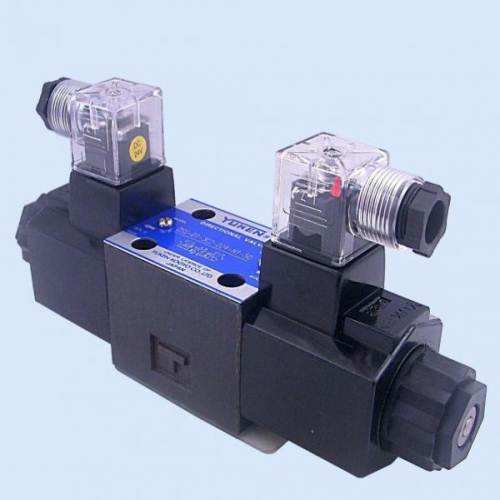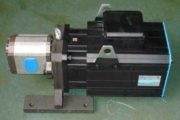Operating Valves and Control of Hydraulic System for Injection Molding Machine
– By Zafar Kamal
The relief valve limits the maximum pressure in the hydraulic circuit. Since the pump is a positive displacement unit, it continuous to push out oil regardless of the resistance which the flow encounters. The relief valve is needed to bypass excess oil back to the tank and protect the hydraulic system and machine against excessive pressure.

An unloading valve is used to dump the flow of oil from one pump, while holding pressure with another pump. This type of pump is generally used with a double pump to conserve power and heat by unloading the large-volume pump while holding pressure with the small-volume pump.
A check valve permit flow in one direction and prevents flow in the other direction. A light spring hold the poppet on its seat. When the pressure on the inlet port overcome the spring force, the poppet lifts off its seat and flow passes from the inlet to the outlet port. In the reverse direction, pressure applied to the outlet port adds to the spring pressure, holding the poppet closed so there is no reverse flow. A flow-control and relief valve regulates the rate of flow and limits the maximum pressure in a hydraulic line. It is commonly used to control the speed of a hydraulic motor driving the screw on the injection-molding machines. Solenoid-operated directional valves control the direction of the oil flow. They may be either solenoid-operated or solenoid-controlled and pilot-operated.









